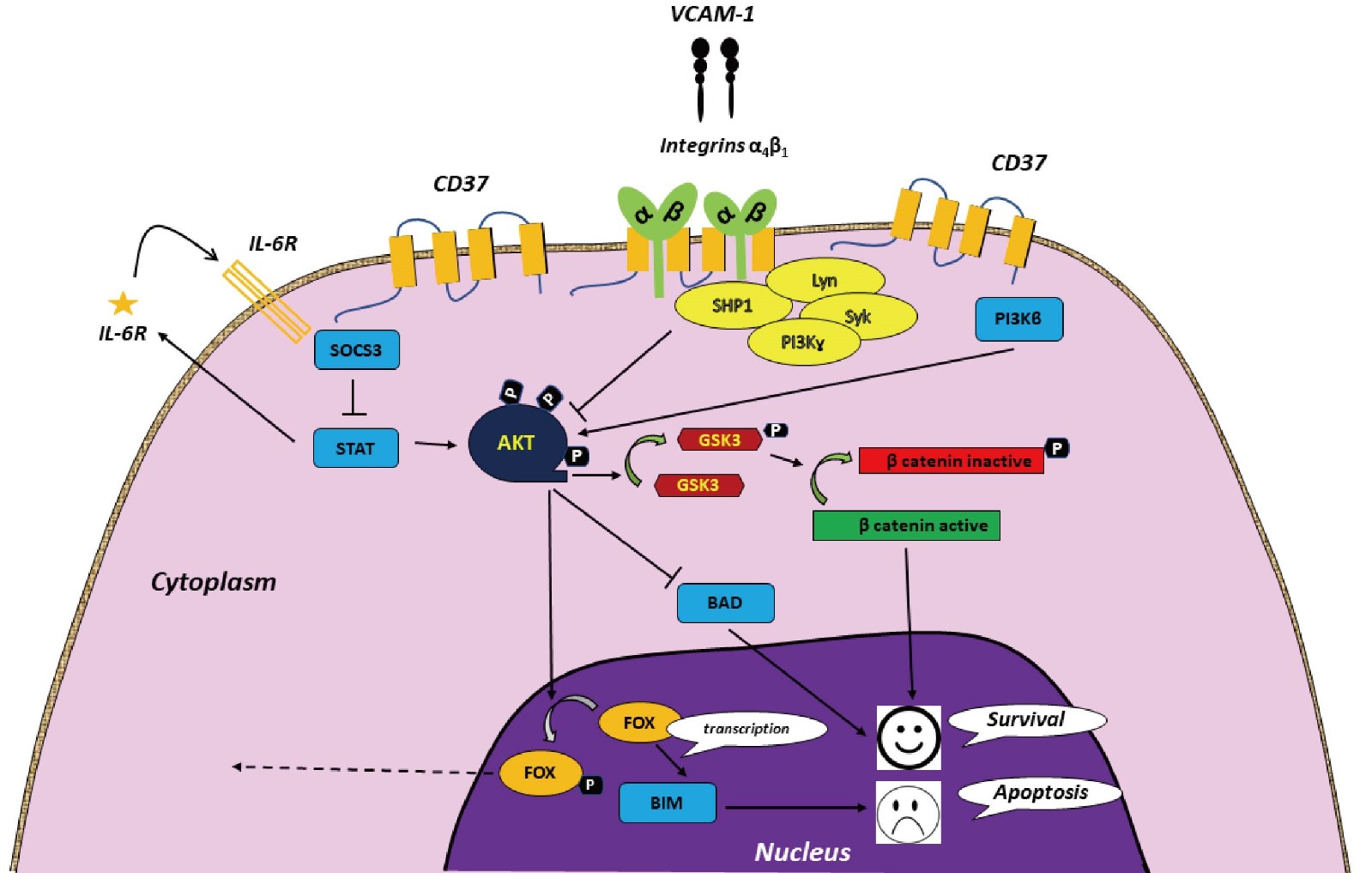
Our promise to you:
Guaranteed product quality, expert customer support.
 24x7 CUSTOMER SERVICE
24x7 CUSTOMER SERVICE
 CONTACT US TO ORDER
CONTACT US TO ORDER
CD37 Gene Editing 
CD37, a member of the transmembrane 4 superfamily (TM4SF) of tetraspanin proteins, consists of two extracellular loops, four potential membrane-spanning regions and short intracytoplasmatic tails. CD37 forms complexes with other tetraspanins, such as CD81, CD82, CD53 and class II glycoprotein, on the surface of B-cells, which may represent an ion channel or transporter; this leads to the formation of multiprotein complexes called tetraspanin microdomains, also known as tetraspanin webs, on the cell surface.
Biological Role of CD37
CD37 is expressed on developing B-cells from pre-B peripheral mature B-cell stages, but not on plasma cells. The involvement of CD37 protein in a variety of biological processes including cell adhesion, motility, proliferation, differentiation, metastasis, trafficking, growth, survival, intercellular communication via exosomes and immune responses is well recognized. In a healthy organism, CD37 is responsible for interaction with various molecules, including phosphoinositide 3-kinase (PI3K) γ and δ, tyrosine-protein kinase (Lyn), spleen tyrosine kinase (Syk), CD19, CD22, CD82, SHP1, suppressor of cytokine signaling 3 (SOCS-3), Interleukin 6 receptor (IL6R), major histocompatibility complex (MHC) class II, and different integrins such as integrin β1, β2, β3I and β7. CD37-deficient (CD37-/-) mice showed dysregulation of TCR signaling, enhanced proliferation and altered cytokine production, indicating the regulatory role of CD37 in the context of T cells. Besides, this protein is shown to be involved in T-cell–B-cell interaction and immunoglobulin G (IgG)/IgA production.
 Figure 1. The biological pathway of CD37. (Witkowska M, et al., 2018)
Figure 1. The biological pathway of CD37. (Witkowska M, et al., 2018)
Targeting CD37 for the Treatment of B-cell Lymphoid Malignancies
CD37 is highly expressed in most B-cell malignancies, across a wide range of maturational stages. High CD37 expression is observed in chronic lymphocytic leukemia (CLL), mantle cell lymphoma, Burkitt lymphoma, follicular lymphoma and small lymphocytic lymphoma (SLL). Importantly, the expression of CD37 in CLL cells is higher than on normal peripheral B lymphocytes. In contrast, multiple myeloma and T-cell lymphoma biopsy samples did not show any positive staining for CD37. The relative lineage restriction of CD37 to B cells and its high expression in many lymphoid cancers and on CLL cells make it a suitable target for immunotherapy.
Recent studies have shown that the anti-CD37 mAb remains largely on the cell surface, although a slow rate of internalization is also observed. Following engagement, CD37 is tyrosine phosphorylated and activates SHP-1-dependent apoptotic signaling and PI3KAKT-mediated survival signaling. The predominant expression of CD37 on CLL cells makes it a good potential therapeutic target for treating this disease, which leads to the investigation of anti-CD37 molecules. Anti-CD37 antibody-drug conjugates have also demonstrated potent in vitro activity and in vivo efficacy against CD37-positive lymphoma cells, which provides the rationale for their clinical development for the treatment of CLL and other B-cell lymphoid malignancies.
CD37 Gene Editing Services
CRISPR/Cas9 PlatformCB at Creative Biogene is dedicated to offering comprehensive CRISPR/Cas9 gene editing services and products for academic research, biotech research and pharmaceutical drug discovery. With deep gene editing knowledge and extensive experience in experimental operation and data processing, we help you effectively control CD37 genes knockout/knockin/point mutation in cells or animals via CRISPR/Cas9 technology.
| Service | Details | Alternative cell lines or animal species |
| CD37 Gene Editing Cell Line Generation | gRNA design and synthesis Transfect the cell lines you're interested Select the high expression cells and sort monoclonal cell Validate the knockout/knockin/point mutation of CD37 by PCR and sequencing Provide cryogenically preserved vials of stable cells and final reports | HEK239T, Hela, HepG2, U87, Ba/F3, CHO, MDA-MB-453, MDA-MB-231NIH3T3, T47D, Neuro2a, MCF7, RKO, K562, RAW264.7, etc. |
| CD37 Gene Editing Animal Model Generation | CD37 gene conventional knockout animals CD37 gene conditional knockout animals CD37 point mutation animals CD37 knockin animals | Mouse, rat, rabbit, zebrafish, C. elegans, etc. |
Related Products at CRISPR/Cas9 PlatformCB
References
- Robak T, Robak P. Anti-CD37 antibodies for chronic lymphocytic leukemia. Expert Opinion on Biological Therapy, 2014, 14(5): 651-661.
- Payandeh Z, et al. Anti-CD37 targeted immunotherapy of B-Cell malignancies. Biotechnology letters, 2018, 40(11-12): 1459-1466.
- Witkowska M, et al. Investigational therapies targeting CD37 for the treatment of B-cell lymphoid malignancies. Expert Opinion on Investigational Drugs, 2018, 27(2): 171-177.